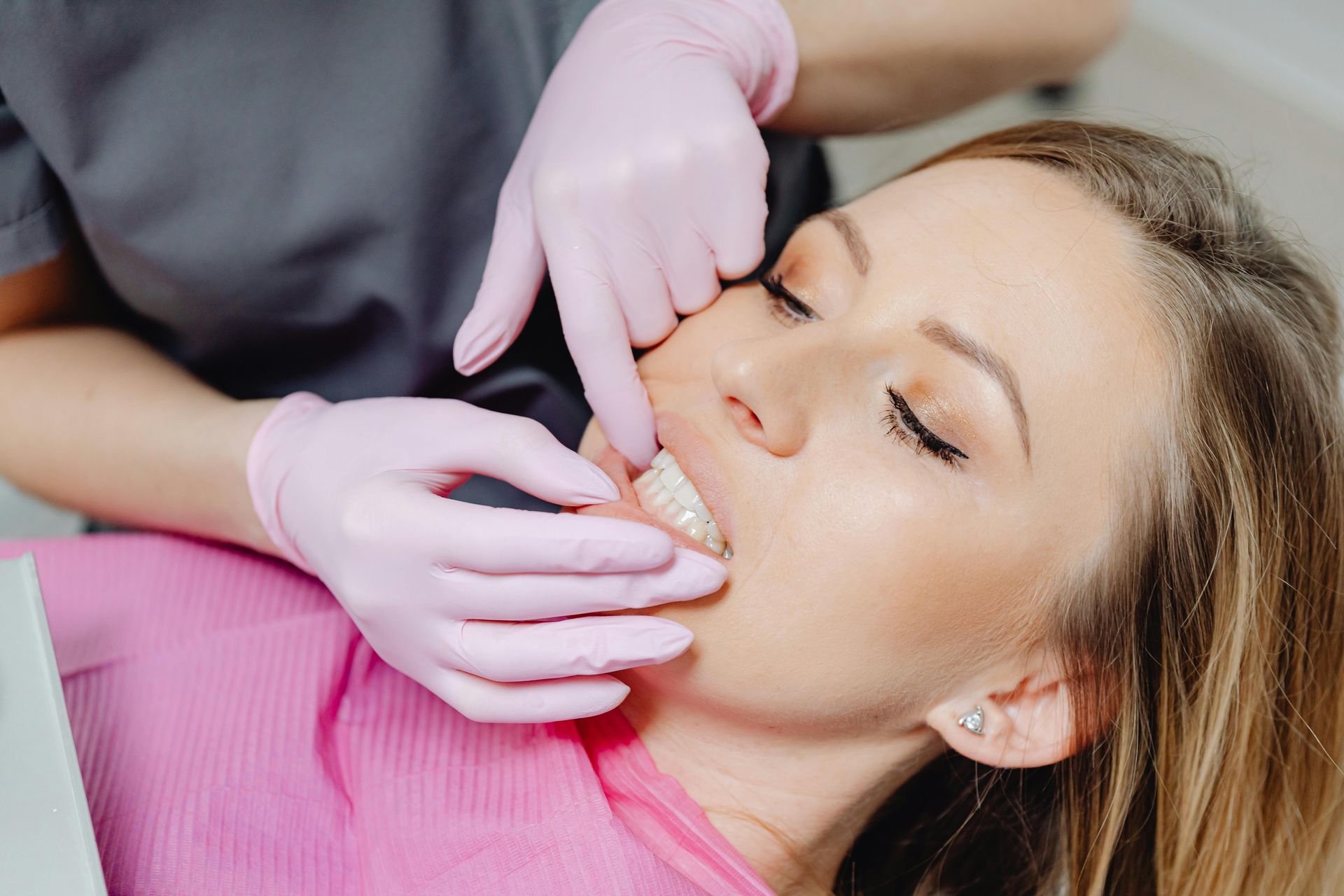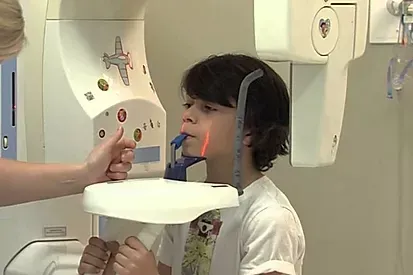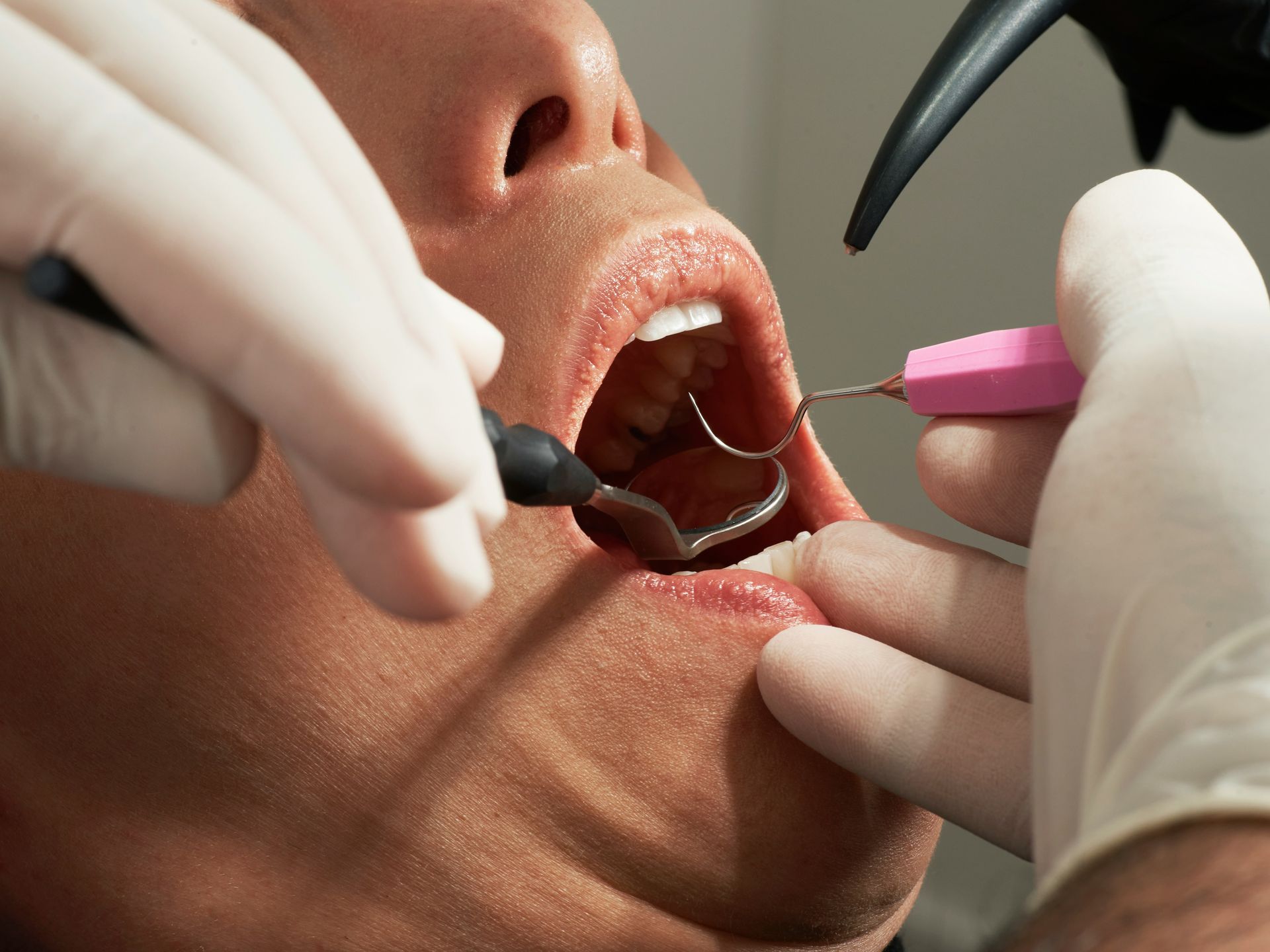Flossing for the Whole Family: A Fun and Effective Guide to a Healthy Smile
Flossing. It's a word that can evoke groans, frustration, and even images of bleeding gums. But here's the truth: flossing doesn't have to be that way! In fact, it can be a fun and effective way to keep your family's smiles sparkling.
This comprehensive guide dives deep into the importance of flossing, explores different techniques for all ages, and offers creative ways to turn flossing into a positive family activity. Let's ditch the negativity and embrace flossing as a crucial step towards optimal oral health for everyone in your household.
Why Flossing Matters: Beyond the Brushing Basics
Brushing your teeth is a fantastic habit, and it plays a vital role in maintaining dental hygiene. However, even the most diligent brushing can only reach about 60% of the tooth's surface. That's where flossing comes in. It tackles the remaining 40%, those hidden nooks and crannies between teeth where plaque and food particles love to build up.
Plaque is a sticky buildup on teeth formed by bacteria, food particles, and saliva. If left undisturbed, plaque hardens into calculus, also known as tartar. This hardened build-up creates a breeding ground for bacteria that can lead to a host of dental problems, including:
- Cavities: Plaque bacteria feed on sugars in your diet, producing acids that erode tooth enamel. This erosion can eventually create cavities.
- Gum Disease: Plaque buildup irritates the gums, leading to gingivitis (inflammation of the gums). If left unchecked, gingivitis can worsen into periodontitis, a serious gum infection that damages the jawbone and might cause teeth to fall out.
- Bad Breath: Plaque and food particles trapped between teeth contribute to bad breath, also known as halitosis.
Flossing removes plaque and food particles before they have a chance to wreak havoc on your oral health. It can significantly reduce your risk of cavities, gum disease, and bad breath, keeping your smile healthy and fresh.
Flossing Techniques Tailored for Every Age Group
Flossing effectively is just as important as flossing regularly. Here's a breakdown of techniques suitable for different age groups, ensuring everyone in your family masters this crucial skill:
- Little Sprouts (Ages 2-4): This age group is just starting to develop good oral hygiene habits. Focus on making the experience positive and gentle. Here are some tips:
- Use a finger cot with a small amount of fluoride toothpaste to gently clean their gums and teeth. This helps them get comfortable with the sensation of something in their mouth.
- Introduce child-sized, soft-bristled toothbrushes with fun colors or characters.
- You can introduce child-sized floss holders as they get older and more comfortable with manipulation. Opt for ones with brightly colored handles or fun animal shapes to make them more appealing.
- Budding Brushers (Ages 5-8): This age group can begin practicing flossing with your supervision. Here's how to guide them:
- Demonstrate the proper technique – using a gentle C-shape around each tooth to remove plaque without injuring the gums.
- Let them hold the other end of the floss while you guide their movements.
- Opt for flavored floss or fun-colored floss holders to pique their interest. Keep it positive and encouraging.
- As their coordination improves, gradually allow them to take over flossing independently.
- Independent Flossers (Ages 9 and Up): By this stage, your children should be able to floss independently. Here's what you can do:
- Encourage them to floss once a day, preferably before bedtime.
- Emphasize the importance of focusing on the space between each tooth, making sure to floss both above and below the gum line.
- If they struggle with traditional floss, consider pre-threaded flossers for easier handling. These can be especially helpful for children with braces or limited dexterity.
Making Flossing Fun: Strategies for a Smiley Family Activity
Flossing doesn't have to be a solitary, tedious chore. Here are some creative ways to turn it into a fun and engaging family activity:
- Set a Timer: Challenge each other to see who can floss all their teeth in the shortest amount of time (within reason, of course!). This adds a competitive element and incentivizes efficient flossing.
- Play Flossing Tunes: Put on a two-minute song and floss together as a family while the music plays. Choose upbeat, energetic songs to keep the mood positive and light.
- Reward System: Create a sticker chart or reward system for consistent flossing. For example, each time a family member flosses for a week straight, they earn a sticker on their chart. Once they fill the chart, they can choose a small reward, like a trip to the ice cream parlor or a movie night.
- Flossing Charades: Turn flossing into a fun guessing game! Act out the motions of flossing with exaggerated movements, and have other family members guess what you're doing. This adds a comedic element and reinforces the visual aspects of proper flossing technique.
- Flossing with Friends: Encourage your children to floss with their friends during sleepovers. This can make flossing feel less like a chore and more like a social activity.
- Flossing Apps: There are several smartphone apps designed to make flossing more engaging. These apps may offer interactive games, timers, and reward systems to keep kids motivated.
Flossing Essentials for Your Family's Healthy Smile
Now that you've explored different flossing techniques and creative ways to make it a fun family activity, let's talk about the tools you'll need:
- Floss: Choose a floss type that works best for your family.
- Traditional string floss: This is the most affordable option and offers the most control. However, it requires some dexterity and can be frustrating for younger children.
- Pre-threaded flossers: These come in individual, disposable units with a plastic handle and a pre-threaded length of floss. They're easier to use for children and those with limited dexterity.
- Water flossers: These use a pressurized stream of water to remove plaque and food particles. They can be a good option for people with sensitive gums or braces.
- Floss Holders: These handy tools come in various shapes and sizes and can be especially helpful for younger children or those with limited dexterity. Look for ones with comfortable grips and fun designs.
- Fun Flavors: Flavored floss can make flossing more appealing, especially for kids. Options include mint, bubblegum, and fruit flavors.
Visit Super Smiles Family Dentistry for Healthy Teeth!
Flossing doesn't have to be a dreaded chore. By incorporating these tips and making it a fun family activity, you can ensure everyone's smiles stay healthy and strong. Remember, consistent flossing, along with regular brushing, is essential for maintaining good oral health and preventing dental problems.
Looking for more tips on oral health for your family? At Super Smiles Family Dentistry in Plainview, TX, we're dedicated to providing exceptional dental care for patients of all ages. We offer a welcoming environment and a friendly team to make your dental visits a positive experience. Our skilled dentists can answer any questions you may have about flossing and other oral hygiene practices. We also offer pediatric dentistry, adult dentistry, and preventive dentistry, and many more!
Schedule an appointment today by calling us at
806-296-6057. We look forward to helping your family achieve healthy, happy smiles!










